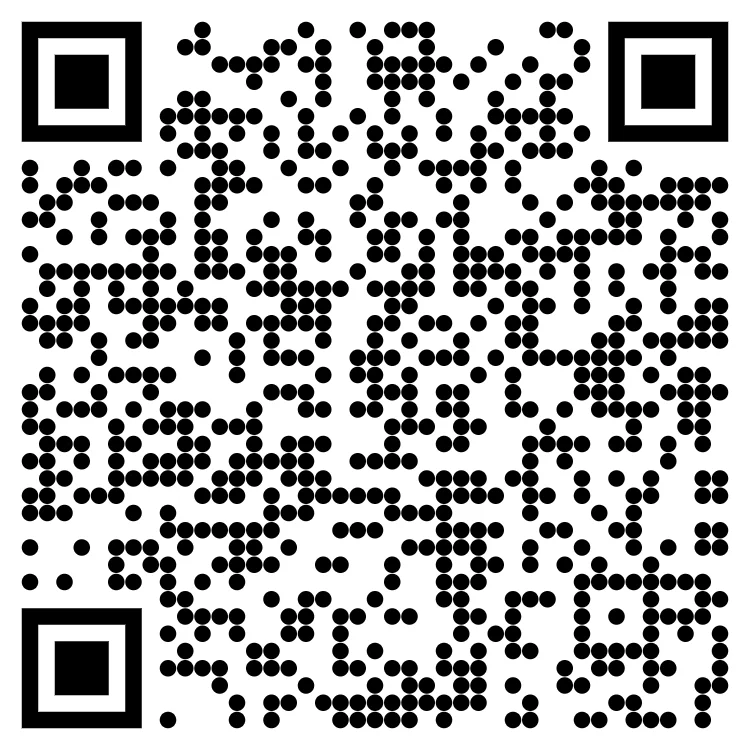Baby Eczema 101: A Parent's Guide to Recognizing and Managing Infant Eczema
Introduction - Baby Eczema
As a parent, it can be distressing to see your little one suffering from eczema. Baby eczema, also known as infantile eczema or atopic dermatitis, affects many young children and can cause dry, itchy skin and rashes. This blog post will guide you through recognising the signs of baby eczema, managing symptoms, and preventing flare-ups to help your child enjoy healthier, more comfortable skin. Don't forget, the Proton Health app also offers a parent version, featuring educational sessions on managing eczema in young children.
Recognising Baby Eczema
Baby eczema typically appears within the first few months of life and can affect any part of the body. Common signs include:
Red, inflamed patches of skin
Dry, scaly skin
Small bumps that may ooze or crust over when scratched
Persistent itching
Eczema often appears on a baby's cheeks, forehead, scalp, and behind the ears but can also affect the arms, legs, and torso.
Treatment Options
If you suspect your child has eczema, consult a paediatrician or dermatologist for an accurate diagnosis and treatment plan. Common treatments include:
Moisturisers
Applying fragrance-free, hypoallergenic moisturisers to your baby's skin helps lock in moisture and reduce dryness. Choose a thick, cream-based moisturiser or an ointment for best results.
Topical Steroids
Mild topical steroids, such as hydrocortisone cream, can be prescribed by your doctor to reduce inflammation and itching. Follow your doctor's instructions carefully and never use a steroid cream without medical supervision.
Antihistamines
In some cases, an oral antihistamine may be prescribed to help alleviate itching and promote sleep. Always consult your doctor before giving your child any medication.
Tips for Preventing Flare-Ups
Managing baby eczema is not just about treating symptoms but also preventing flare-ups. Here are some tips to help:
Bathe your child in lukewarm water, using a gentle, fragrance-free cleanser.
Pat your baby's skin dry with a soft towel and apply moisturiser immediately after bathing.
Dress your child in loose, breathable clothing made from natural fibers, like cotton.
Use fragrance-free, hypoallergenic laundry detergent.
Keep your baby's nails short and clean to prevent scratching.
Monitor your child's environment for potential allergens, such as pet dander or dust mites.
In conclusion, understanding how to recognise and manage baby eczema is essential for keeping your child comfortable and promoting healthy skin. Be vigilant about moisturising, follow your doctor's treatment recommendations, and take steps to prevent flare-ups. For more guidance and resources, be sure to explore the parent version of the Proton Health app, featuring educational sessions tailored to managing eczema in infants and young children.
Summary - Baby Eczema 101
This blog post offers a comprehensive guide for parents on recognising and managing baby eczema, including treatment options and tips for preventing flare-ups. By following these recommendations and consulting a healthcare professional, you can help your child enjoy healthier, more comfortable skin. The parent version of the Proton Health app provides additional educational resources on managing eczema in young children.
Baby eczema, appearing as red, inflamed patches of dry and itchy skin, typically manifests within the first few months of life.
Common treatment options include moisturisers, topical steroids, and, in some cases, antihistamines.
Preventing eczema flare-ups involves bathing the baby in lukewarm water, using fragrance-free products, and monitoring the environment for potential allergens.
Regular consultation with a paediatrician or dermatologist is vital to formulate an effective treatment plan.
Baby eczema or infantile eczema can be distressing for parents but can be effectively managed with correct identification, suitable treatment options, and preventive measures.
Parents should consult a healthcare professional for accurate diagnosis and guidance.
Further resources and guidance are available on the parent version of the Proton Health app, tailored specifically to managing eczema in infants and young children.
